Unleashing the Potential of Neutrophil Cell Therapies in Oncology
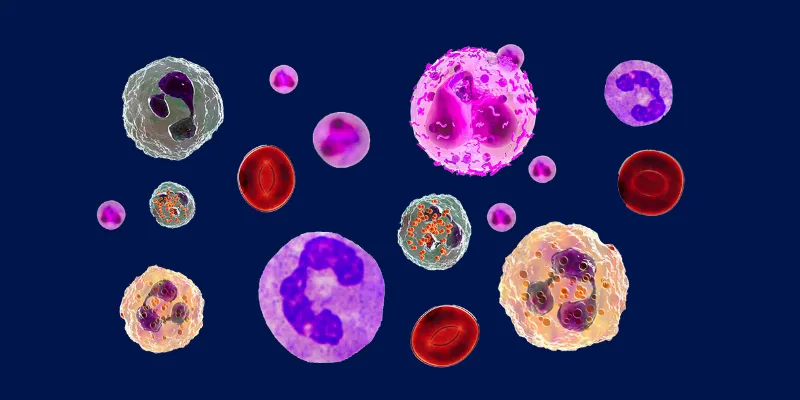

ONCOLife |
10 June 2024
Alex Blyth, Founder and CEO of LIfT Biosciences, discusses the groundbreaking developments in neutrophil cell therapies aimed at revolutionizing cancer treatment in this exclusive interview for ONCOLife. Drawing from earlier work by Dr Lloyd J. Old, Blyth highlights the need for the industry to shift from thinking targeted cytotoxic therapies and T-Cells alone are enough to recognising the need to put greater focus on other immune cells role in stimulating a comprehensive and lasting immune response to overcome the TME, allow infiltration and prevent tumour escape.
Exclusive Interview with Alex Blyth
With a focus on Immunomodulatory Alpha Neutrophils, Alex Blyth, explains their unique ability to recruit and modulate the immune system, enhancing the effectiveness of existing cancer therapies such as bi-specifics, ADC’s, checkpoint inhibitors and CAR-T cell therapy.
Click the picture to view the PDF version: Pg 24-28.
Could you elaborate on the development of your Immune-Modulatory Alpha Neutrophil platform and how it differs from traditional immuno-oncology therapies, in targeting and destroying tumors?
Alex Blyth: Unlike T cells, which are triggered by specific antigens, neutrophils possess hundreds of receptors that detect various threat signals. Upon identifying a threat, they investigate and sometimes eliminate a few suspect cells to analyze their contents further. This investigation can trigger a rapid immune response where more neutrophils and other immune cells are recruited, or they may determine there is no threat and move on.
This process showcases the functionality of innate immune cells, which are a more ancient form of defense compared to the adaptive immune system. Neutrophils, one of the most ancient and abundant types of immune cells, are a crucial part of the innate immune system. Research published in Cell indicates that the correct type of neutrophils are a major determinant of successful treatment outcomes with immunotherapies (Benguigui et al., Cancer Cell 2024, Hirschhorn et al, Cell 2023), and whether you get tumor antigen escape (Gungabeesoon 2023, Cell 2023).
So while, the wrong type of neutrophils can foster a tumor microenvironment that impedes other therapies, the right type of neutrophils open flood gates to successful outcomes. Thus, neutrophils can significantly impact cancer treatment, acting as either a potent ally or a formidable foe.
Considering the pivotal role neutrophils play in the tumor micro-environment, how does N-LIfT exploit these cells’ natural properties to enhance cancer treatment outcomes?
Alex Blyth: Unlike T cells, which struggle to penetrate fibrotic tissues and tough extracellular matrices surrounding tumors, neutrophils can effortlessly navigate barriers, including the blood-brain barrier, making them the most agile white cells in the body. Our IMANs have a myeloid hybrid quality that enables them to be very stable and last longer than normal peripheral neutrophils.
IMANs release cytokines and chemokines that modulate the Tumour Micro Environment against tumours and pull in and activate other immune cells. For this reason we believe they are the right cell to infiltrate tumours and metastasis to recruit in all the other immune cells through the immune cascade they create.
How are ‘Super Donors’ for Hemopoietic Stem Cells identified, and how do these donors’ neutrophils contribute uniquely to N-LIfT’s efficacy?
Alex Blyth: For our therapies, we use hematopoietic stem cells or iPSCs, but it is crucial that our donors have no personal or family history of cancer. We test the cancer-killing capabilities of neutrophils in their peripheral blood, then use their stem cells to produce cells, particularly our IMANs, which exhibit potent cancer-killing and immunomodulation properties.
What key insights have your pre-clinical data provided regarding N-LIfT’s potential in cancer therapy, and how do they inform your upcoming clinical trials?
Alex Blyth: Pre-clinical data using our neutrophils primarily demonstrate exceptional recruitment capabilities and direct tumor destruction. A significant challenge is the lack of a human neutrophil-friendly mouse model so, having won a grant with Cambridge University, we will develop the world’s first human neutrophil-friendly mouse.
Meanwhile, we use more representative human models, like tumor organoid models, which offer around 85% predictive power of clinical outcomes. Our research has also involved collaborations with pharma companies to integrate our powerful IMANs with their cell therapies. This combination has proven to enhance the robustness and proliferation of NK cells and CAR T cells when used in combination.
Our cells also complement antibody therapies that target the antibody-dependent cellular cytotoxicity (ADCC) pathway, boosting their effectiveness e.g. certuximab. Overall, we aim for complete remission in various solid tumors, aspiring to have an impact as significant as or greater than checkpoint inhibitors.
How does N-LIfT integrate with existing cancer therapies, such as monoclonal antibodies, checkpoint inhibitors, and CAR-T cell therapy, to potentially enhance patient outcomes?
Alex Blyth: Our data show our ability to significantly enhance other cancer therapies. For instance, T cells often become exhausted, particularly when rechallenged in treatments like CAR T. However, when paired with our IMANs, T cells maintain their vigor and killing ability. Similarly, NK cells become more robust and prolific killers when accompanied by IMANs.
In solid tumors, which resemble fortresses, it’s not just about removing competing immune cells; supportive cel-ls are crucial. Neutrophils, which are abundant in tumor microenvironments, play a key role. With the right neutrophils, therapies become dramatically more effective. Checkpoint inhibitors, for example, struggle in “cold” tumors—tumors perceived as having low immune cell activity.
Often, these tumors lack lymphocytes. Neutrophils usually infiltrate these tumors, but if they are not the correct type, they may unintentionally aid the tumor. By transforming these cold tumors into “hot” ones, our technology enables checkpoint inhibitors to be more effective, potentially tripling their responsive patient base.
Lastly, our neutrophils have a close relationship with antibodies in the ADCC pathway. This interaction enhances the efficacy of monoclonal antibodies (mAbs). Our neutrophils, which utilize the CD64 receptor unlike typical patient neutrophils that use the CD89 receptor, can recognize and attack cancer cells more effectively.
This capability allows them to boost the overall immune response, pulling in additional immune cells to the site. Thus, our approach not only complements existing therapies but could significantly expand their impact, particularly in solid tumors where current treatments have limitations.
What is the significance of IMANs’ dual mode of action in cancer cell detection, killing, and immune system recruitment?
Alex Blyth: Our cells exhibit a dual mechanism of action, by directly killing cancer cells and exciting other immune cells through the chemoattractants released during the destruction process. Alt-hough our neutrophils are capable of killing cancer cells, they are not designed to be the ultimate serial killers. Their primary role is to identify and neutralize threats, orchestrating and recruiting other immune cells to effectively kill the tumor.
How does the combination of HER2 targeting CAR to IMAN therapy work and its implications for cancer treatment?
Alex Blyth: Our cells have significant potential for various genetic modifications, including enhancing their direct killing ability. For instance, incorporating a HER2 CAR has already increased their killing efficacy three to four times, with the possibility of reaching up to ten times. However, the primary role of our cells is to recruit and activate other immune cells. Additionally, we are exploring applications beyond oncology, such as in immunology, neurology, and even in repairing damaged nerves. Our cells have also shown promise in combating antimicrobial resistance.
Your success in producing neutrophil-based cell therapy from iPSCs suggests a move towards off-the-shelf solutions. How will this impact the scalability and accessibility of N-LIfT therapy?
Alex Blyth: An important aspect of cell therapies is the ability to produce them at scale and cost-effectively, ensuring they are off-the-shelf accessible. We have achieved significant success in producing our therapy from iPSCs at a lower cost, enabling us to offer it at a price point comparable to checkpoint inhibitors. Unlike some T cell and NK cell companies struggling with consistency in iPSC use, we haven’t faced these issues. As the industry matures and iPSC use becomes more common, we anticipate overall industry costs will decrease.
What is your long-term vision and upcoming milestones for the company?
Alex Blyth: Our success lies in a deep understanding of the innate immune system, particularly focusing on neutrophils and the combinations of therapies that can be greatly enhanced with our IMANs. We are advancing therapies that not only involve neutrophils in combination with other cells but also other therapeutic modalities from mAbs to bi-specifics and ADCs.
We also have a longer term strategy to use our knowledge of the IMAN profile to use in vivo and gene modifying systems to correct existing immune cells and their progenitors within the body. This dual approach is crucial in cancer control, where it is essential to increase the presence of beneficial neutrophils while diminishing harmful ones to improve overall immune functioning.
This might require a combination of different therapeutics. We believe in adopting a broad strategy rather than limiting ourselves to a single method, as tackling complex medical challenges often necessitates diverse approaches.
Alex Blyth:
I am on a mission to develop therapies to cure cancer and take the necessary measures to achieve that. My background in biology and economics has been invaluable in understanding how to develop curative and affordable therapies.
However, I am really an inventor and entrepreneur with a team of fantastic translational scientists behind me, and often in front of me as well! With over 20 years in pharmaceuticals and healthcare, I previously focused on targeted therapies. However, following my mother’s pancreatic cancer and the realization that they often fail because tumors adapt led me to seek alternative solutions.
At LIfT, and as world leaders in neutrophil cell therapies, we are pioneering a different approach. We are shifting the cancer treatment paradigm from relying solely on cytotoxic therapies that target specific antigens to stimulating a broad and enduring immune response.
Our focus is on producing IMANs, which recruit the immune system to attack and destroy tumors in a way that prevents tumor escape and aims to prevent relapse from metastasis, mimicking the natural immune response found in healthy individuals.

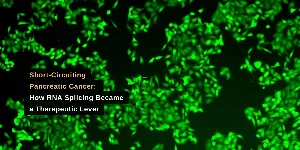

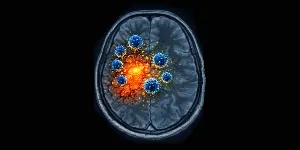
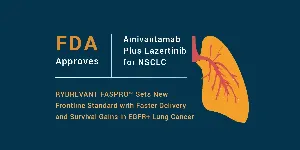

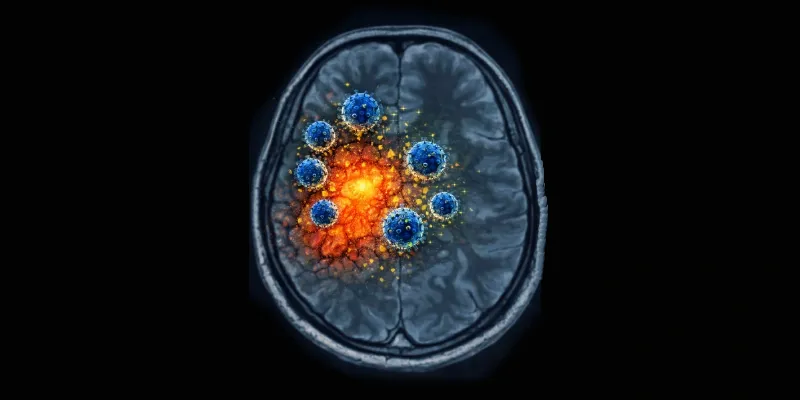
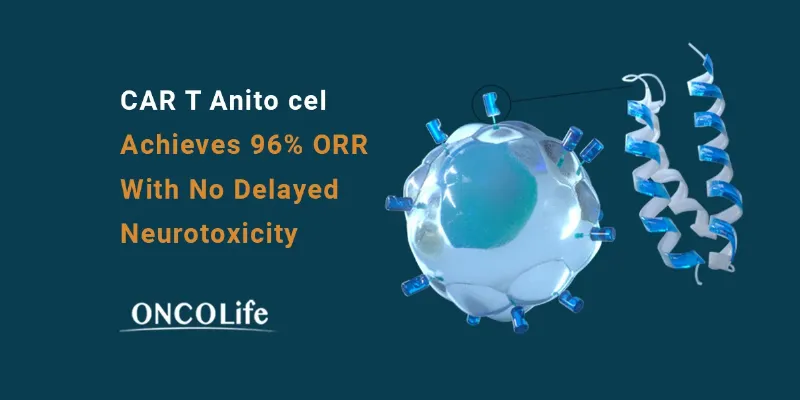
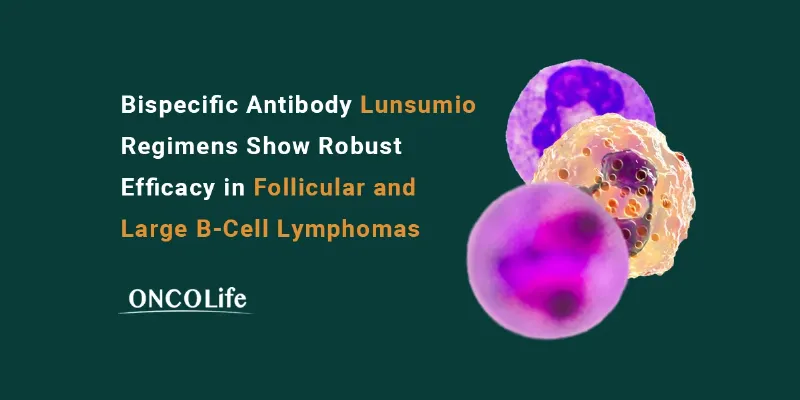

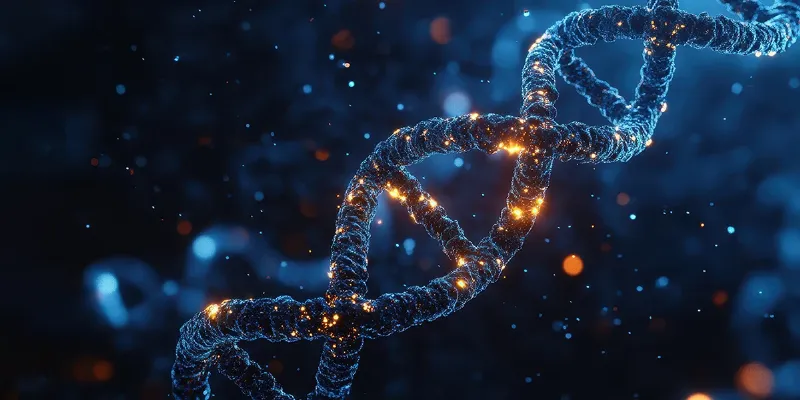
Comments
No Comments Yet!